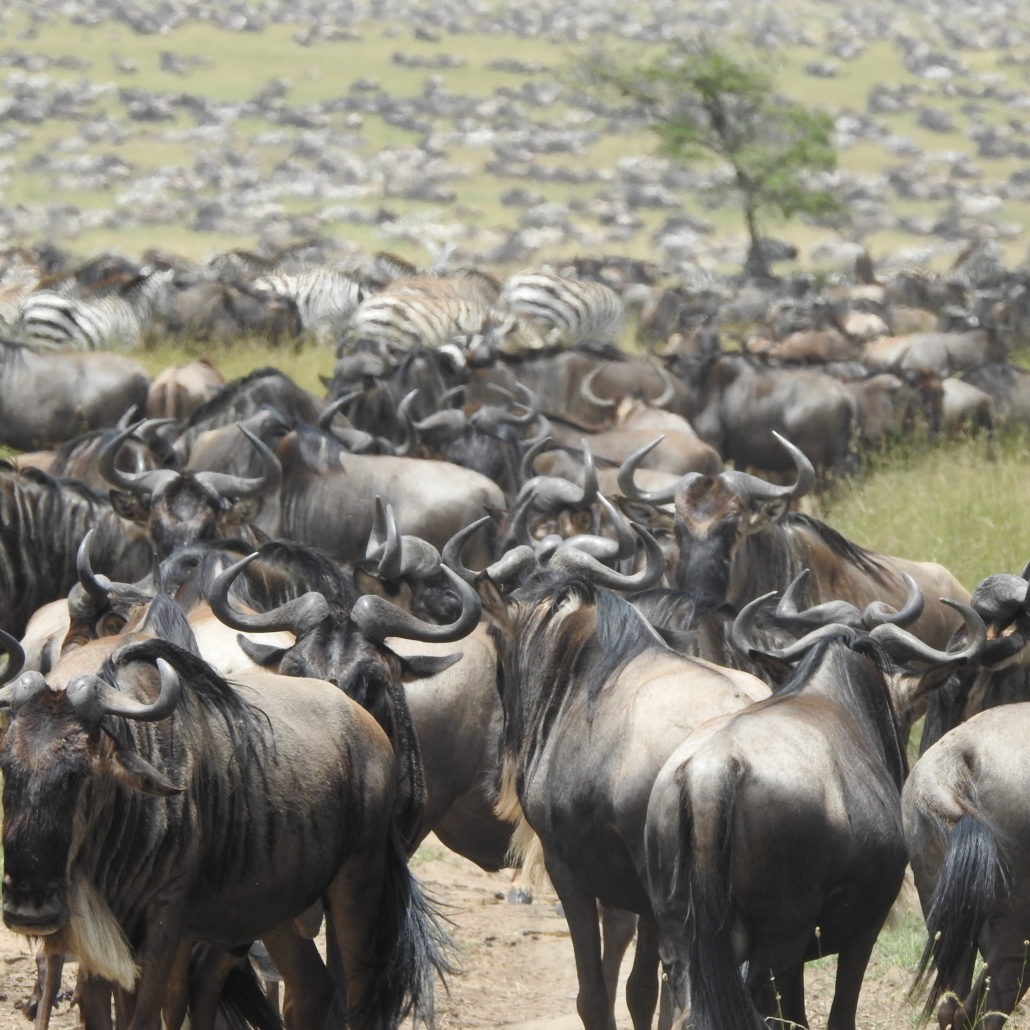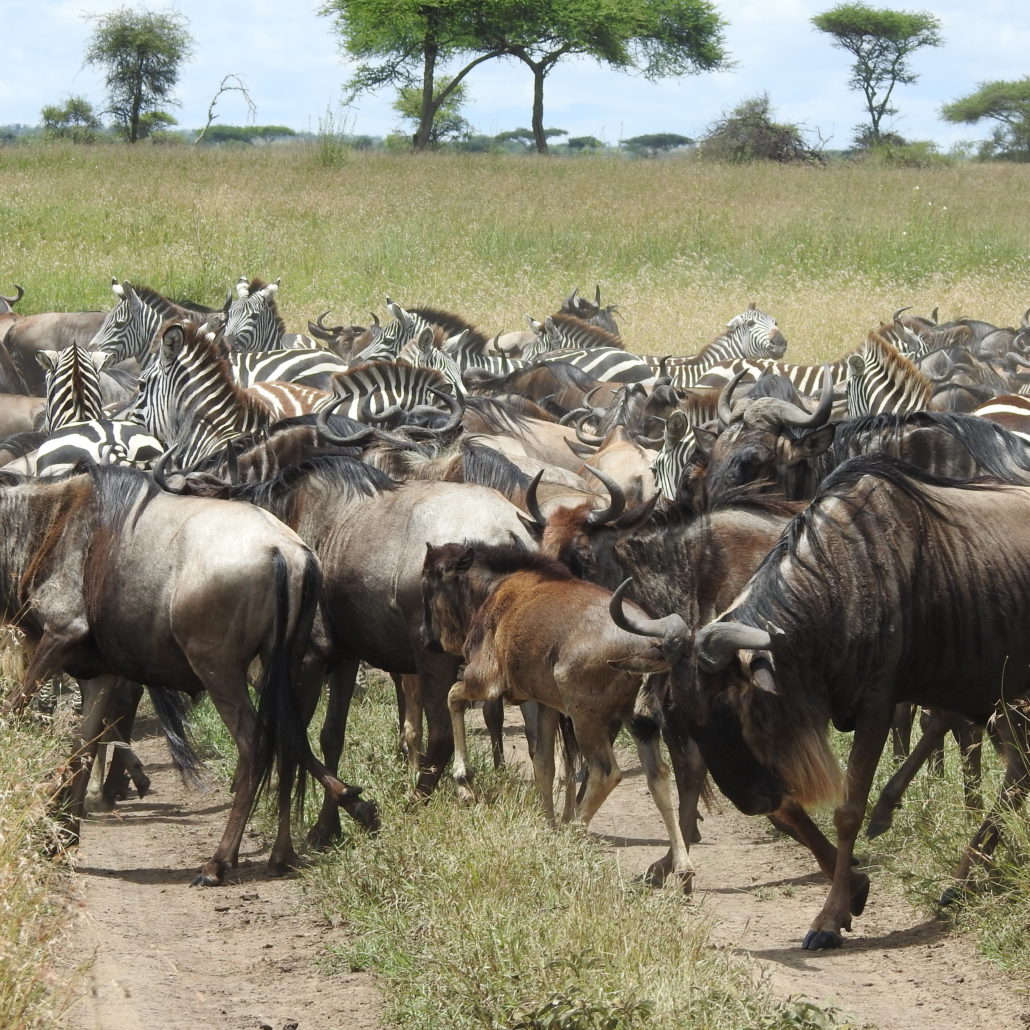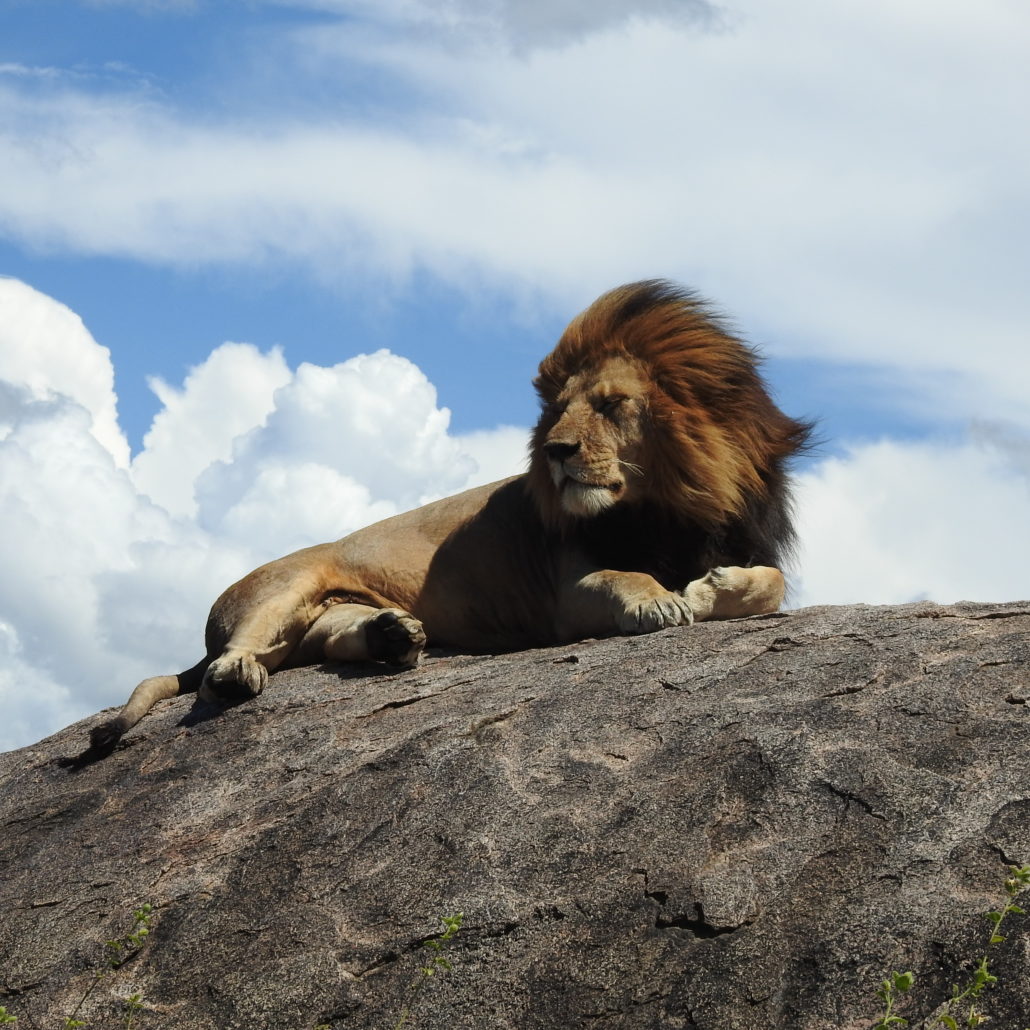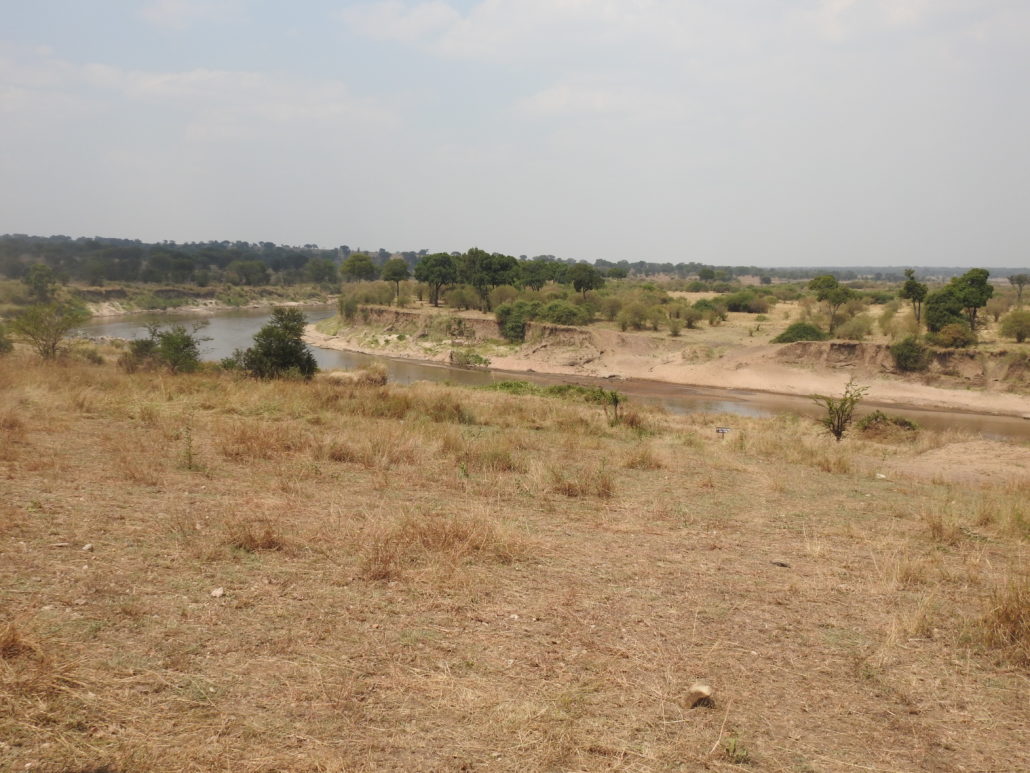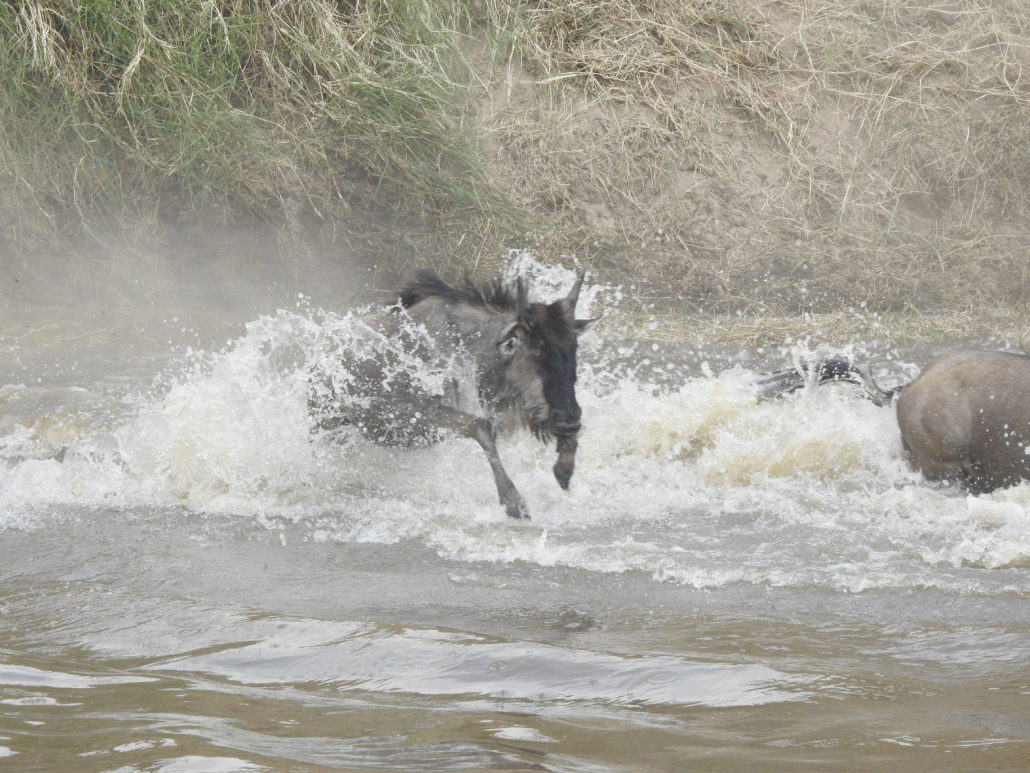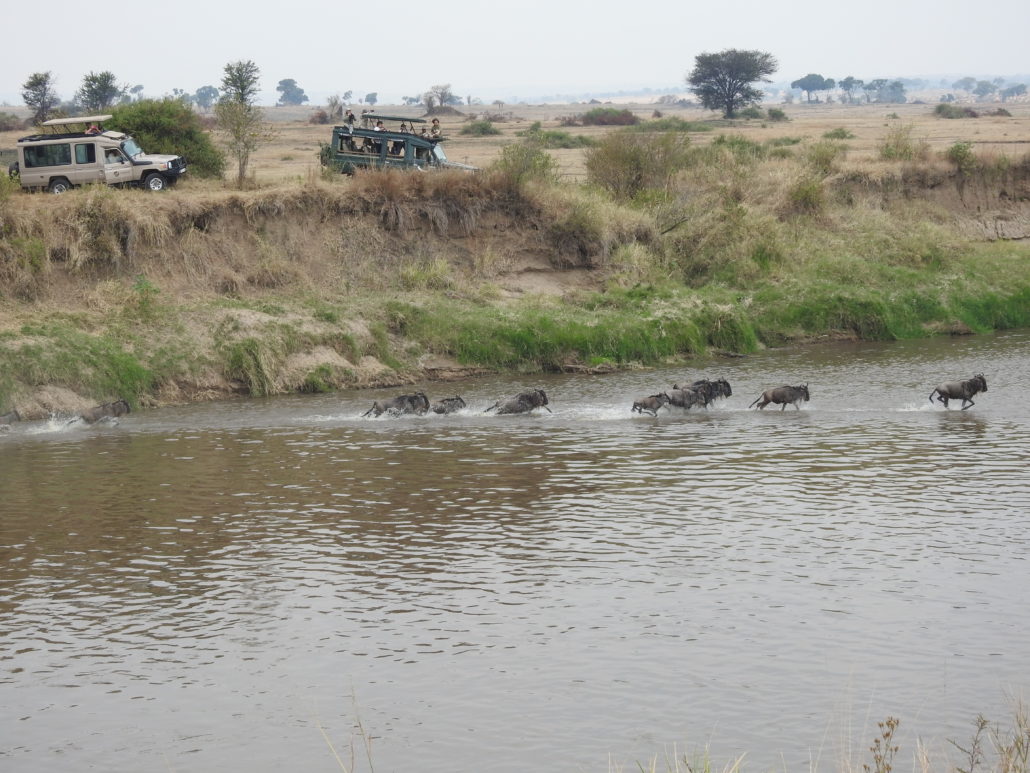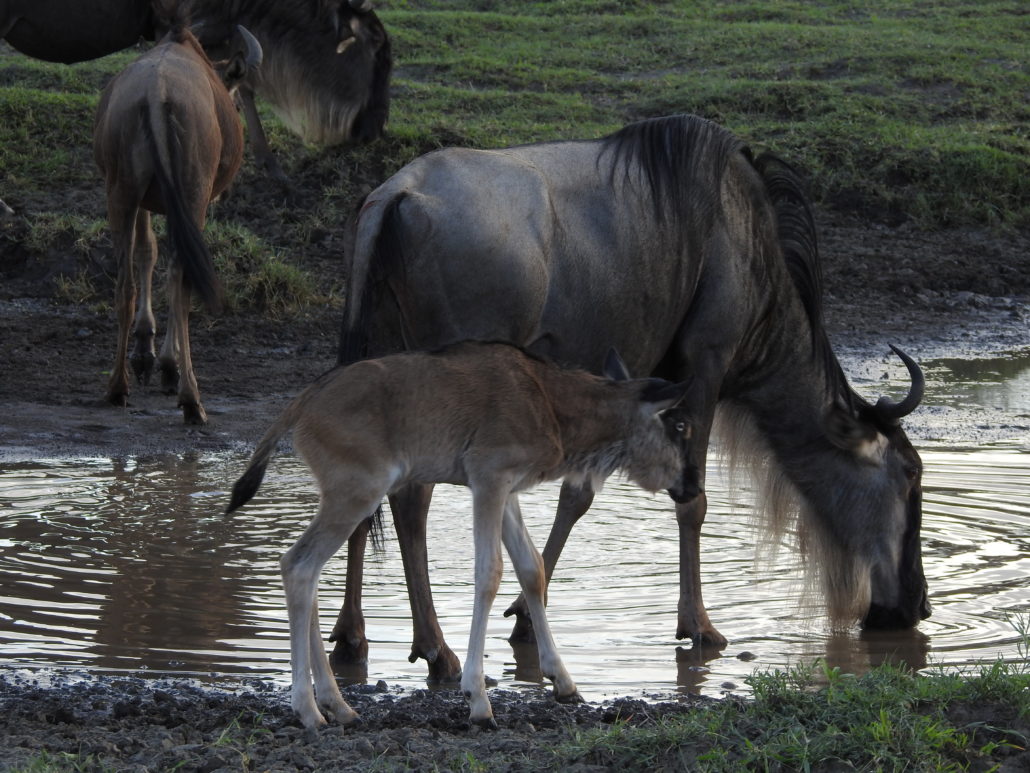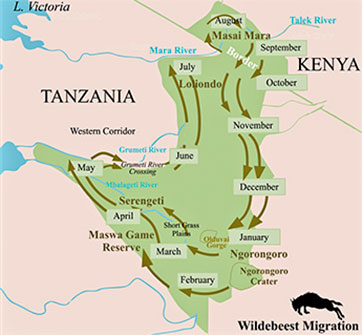Arusha – Arusha National Park – Ngorongoro – Serengeti – Tarangire NP– Arusha
8 days – 7 nights
From $4350 USD/pers. Flights not included.
Degressive prices from 4 pers.
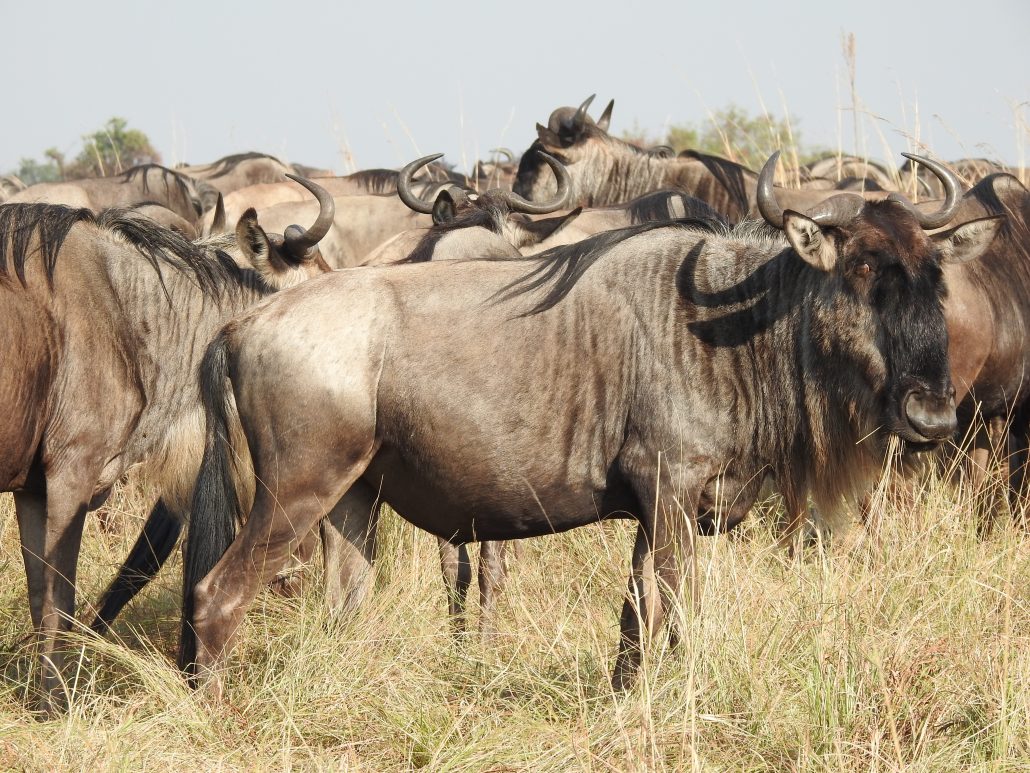
1st day: Kilimanjaro Airport – Arusha National Park
Arrival at the Kilimanjaro airport, customs check, baggage claim. Welcome by your driver/guide and short briefing. First night in Arusha.
2nd day: Arusha – Arusha National Park – Maasai village
You will leave early in the morning for your first immersion in Tanzanian lands at Arusha National Park. You will then walk, accompanied by a ranger, and approach your first wildebeest, zebras, giraffes and if you are lucky also some elephants. You leave at the end of the day for Karatu, at the gateway to the Serengeti. Overnight in Karatu.
3rd day: Karatu – Ngorongoro – Central Serengeti
After breakfast at the hotel, you leave for the Ngorongoro Crater, considered by some to be the 8th wonder of the world. The crater, or caldera, is 20 km in diameter and is home to an incredibly rich fauna and flora. You will live exceptional moments in the middle of all the big mammals of East Africa (elephants, lions, rhinoceroses). In the middle of the crater there is a large lake formed by the rains, which hippos and buffalos enjoy. In the early afternoon, you leave the crater to reach the center of the Serengeti National Park.
You will start your immersion in this park which covers more than 14’000 km2 and is the oldest in Africa. The highlands are 1500 meters above sea level, and its name, pronounced Siringiti in Maa, means “the endless plain”. It is a mythical place for the diversity of its landscapes: the savannah with the immense plains in the south, the wooded and hilly regions in the west, the Kopje regions in the east and the shrubby savannah in the north. It is also mythical for its highest concentration of cats in the world, with nearly 3000 lions, cheetahs, leopards but also many buffaloes, elephants, giraffes, gazelles, etc.
4th and 5th days: Northern Serengeti
The next day, you will go up to the north of the park to witness its extraordinary great migration: two million wildebeest, 300,000 zebras and 100,000 gazelles sensing the arrival of the rains travel more than 200 km to keep the possibility of feeding themselves sufficiently. You can then see them crossing the Mara by hundreds… The migratory animals need one year to cover the entire loop of their movements on the whole territory of the park.
Depending on the season, you will follow the migrations either to Ndutu, in the south of the park when the wildebeest settle down to give birth (from November to February) or to the north, along the border with Kenya when they cross the Mara River (from June to September). You will spend two nights in the north or south depending on the season. In summer, you will visit the crater, stop at the Serengeti center before heading north. In winter you will go directly down to Ndutu, stay there for two nights and then stop in the center. You will visit the crater on the way back to Karatu.
6th day: Serengeti – Karatu
After three nights in the Serengeti Park, you will reach Karatu at the end of the day, after having enjoyed the park in the morning.
7th day: Karatu – Tarangire – Arusha
You leave early in the morning for Tarangire park. During your trip, the drives from one place to another are numerous, but are in themselves a source of wonder and discovery of all kinds, both in terms of the very rich and changing landscapes, as well as the people, their homes, the villages you will pass through, etc.
Tarangire Park covers an area of 2850 km2 and is home to species that are more difficult to locate in other parks such as Lesser Kudu, Oryx beisa, Elk and Greater Kudu. You may have the opportunity to see your first lions, hyenas, warthogs, and other Grant’s gazelles. This is a magical moment, especially since the parks are open and the animals are not fed by the rangers, it is never predictable where they are!
This park is different from the others and offers a particular interest because it is crossed by a large river, whose quantity of water varies of course according to the seasons, but offers an always exceptional vision of the animals coming to drink there and of a more green vegetation. It is the northern park of Tanzania with the largest concentration of baobab trees, offering also a very different landscape from the dry plains of the Serengeti. Picnic lunch during the safari. At the end of the day you will leave for Arusha.
8th day: Arusha – Zanzibar or return to Europe
You will enjoy a visit to the city of Arusha. This may be your only opportunity to see where people shop, how they live, and feel the atmosphere of an African city. In the daytime, you will leave for either Europe or Zanzibar, depending on how your stay is organized.
